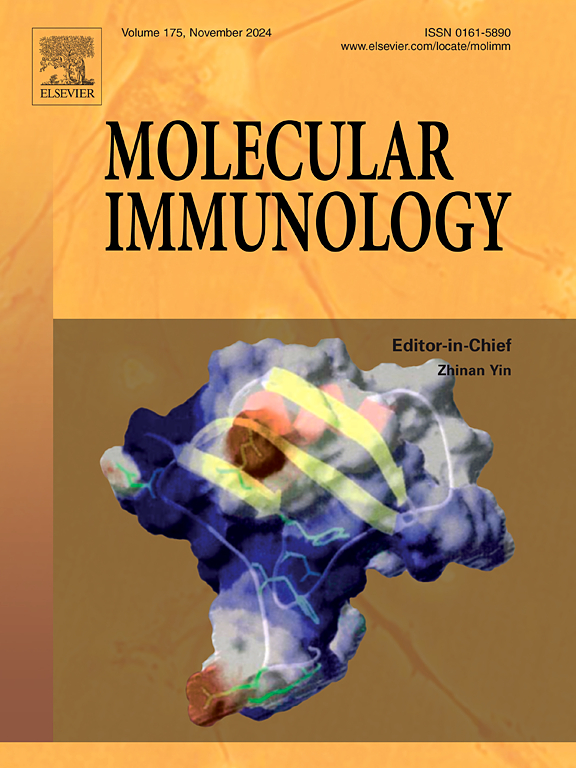circSTIL mediates pirarubicin inhibiting the malignant phenotype of triple-negative breast cancer and acts as a biomarker in plasma exosomes
IF 3.2
3区 医学
Q2 BIOCHEMISTRY & MOLECULAR BIOLOGY
引用次数: 0
Abstract
In clinical practice, pirarubicin (THP) is a widely used triple-negative breast cancer (TNBC) agent. It has been found that circular RNAs (circRNAs) are involved in cancer treatment and progression. However, the biological function of circRNAs in TNBC and the relationship between THP and circRNAs remain poorly studied. circSTIL (hsa_circ_0000069) was screened and validated by bioinformatics analysis, demonstrating that it was highly expressed in TNBC cell lines and plasma exosomes, and correlated with a poor prognosis of patients. The expression level of circSTIL in patients’ plasma exosomes has potential diagnostic value in distinguishing TNBC from non-TNBC. In vitro studies confirmed that overexpression of circSTIL promotes the proliferation, migration, and invasion of MDA-MB-231 cells whereas silicification of circSTIL shows the reverse effect. Also, circSTIL mediates THP inhibiting the malignant phenotype of MDA-MB-231 cells. The above results suggested that circSTIL is a possible biomarker for the diagnosis, treatment, and prognosis of TNBC.
circSTIL介导吡柔比星抑制三阴性乳腺癌的恶性表型,并在血浆外泌体中作为生物标志物
在临床实践中,吡柔比星(THP)是一种广泛使用的三阴性乳腺癌(TNBC)药物。已经发现环状rna (circRNAs)参与癌症的治疗和进展。然而,circrna在TNBC中的生物学功能以及THP与circrna之间的关系仍未得到充分研究。通过生物信息学分析筛选并验证circSTIL (hsa_circ_0000069),发现其在TNBC细胞系和血浆外泌体中高表达,且与患者预后不良相关。circSTIL在患者血浆外泌体中的表达水平对区分TNBC和非TNBC具有潜在的诊断价值。体外研究证实,过表达circSTIL可促进MDA-MB-231细胞的增殖、迁移和侵袭,而circSTIL的硅化作用则相反。此外,circSTIL介导THP抑制MDA-MB-231细胞的恶性表型。上述结果提示circSTIL可能是TNBC诊断、治疗和预后的生物标志物。
本文章由计算机程序翻译,如有差异,请以英文原文为准。
求助全文
约1分钟内获得全文
求助全文
来源期刊

Molecular immunology
医学-免疫学
CiteScore
6.90
自引率
2.80%
发文量
324
审稿时长
50 days
期刊介绍:
Molecular Immunology publishes original articles, reviews and commentaries on all areas of immunology, with a particular focus on description of cellular, biochemical or genetic mechanisms underlying immunological phenomena. Studies on all model organisms, from invertebrates to humans, are suitable. Examples include, but are not restricted to:
Infection, autoimmunity, transplantation, immunodeficiencies, inflammation and tumor immunology
Mechanisms of induction, regulation and termination of innate and adaptive immunity
Intercellular communication, cooperation and regulation
Intracellular mechanisms of immunity (endocytosis, protein trafficking, pathogen recognition, antigen presentation, etc)
Mechanisms of action of the cells and molecules of the immune system
Structural analysis
Development of the immune system
Comparative immunology and evolution of the immune system
"Omics" studies and bioinformatics
Vaccines, biotechnology and therapeutic manipulation of the immune system (therapeutic antibodies, cytokines, cellular therapies, etc)
Technical developments.
 求助内容:
求助内容: 应助结果提醒方式:
应助结果提醒方式:


